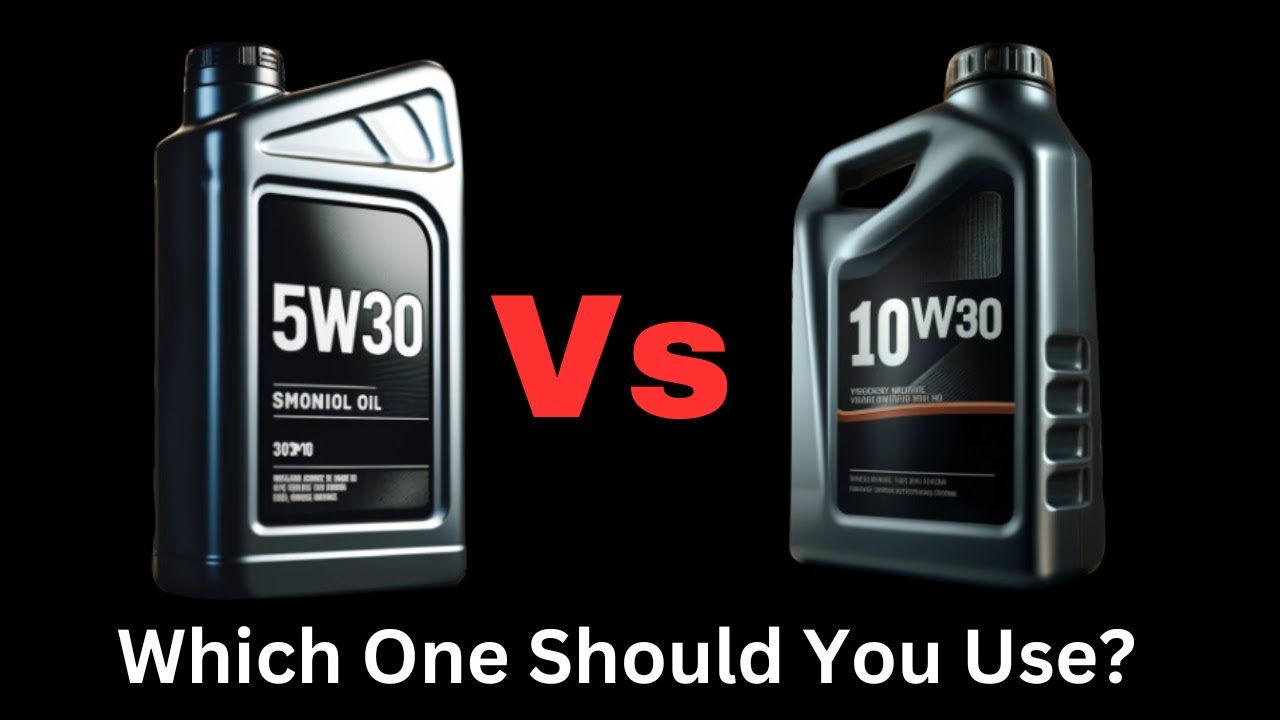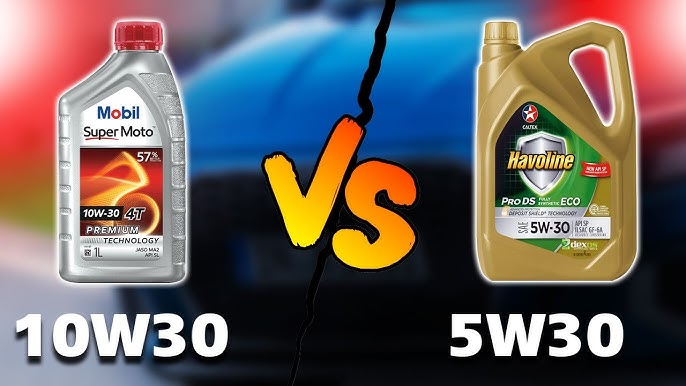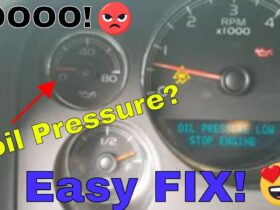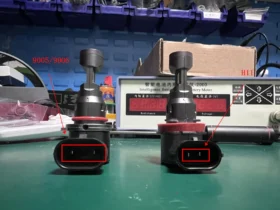You go to the store and want to buy lubricating oil to keep your car’s engine running more efficiently in the long run. However, you feel confused when the salesperson asks if you want to buy 5w30 or 10w30 lubricant. Why are they named like that, and what is the Difference between 5w30 and 10w30?
Don’t worry, and the following article will answer the above questions for you. Read carefully to choose the best lubricant for your vehicle’s engine.
What Do The Symbols 5w30 And 10w30 Mean?
5w30 and 10w30 are two symbols indicating two types of multigrade engine oils used for lubrication. They are called multigrade because there is more than one grade of oil. At different temperatures, they will work differently.
Therefore, you need to understand the meanings and uses of these oils to decide if it is the right choice for your vehicle’s engine.
To understand it, we will first explain the “W” in the two symbols. The “W” stands for “Winter,” which means winter. Next, the first symbolic numbers of the two oils.
Accordingly, “5” and “10” refer to the viscosity of the oil in winter. Meanwhile, the last “30” refers to the oil’s viscosity at 100C.

Main Difference Between 5w30 And 10w30
To determine which multigrade engine oil is suitable for your needs, you should consider the differences between the 5w30 and 10w30 grades below.
Temperature range
As the notation explained above, one of the most significant differences between these two oils is the temperature range.
5w30 multigrade engine oil is an oil that can be used over a temperature range greater than 10w30. While you can use 5w30 to lubricate the engine in the temperature range of -35 to 35 degrees Celsius, you will only use 10w30 in -16 to 30 degrees Celsius.
It is precise because 5w30 operates over a more comprehensive temperature range that it can work even at temperatures as low as -35 degrees Celsius. It has become the ideal multigrade engine oil in winter and cold parts of the world.
On the other hand, users still trust using 10w30 to lubricate their car’s engine despite the small temperature range, especially in the summer. Because then, the viscosity of 10w30 oil will decrease as the temperature increases.
Corresponding viscosity
Another distinct difference you can tell from the designations of these two 5w30 and 10w30 multigrade engine oils is their viscosity.
As explained above, 10w30 oil has a higher viscosity than 5w30 oil. The 10w30 also has the thicker texture of the two. Therefore, the action of these two oils will bring different effects.
5w30 engine oil has access to the narrow, internal, hard-to-lubricated engine parts thanks to its low viscosity index.
This is also one of the common characteristics of two types of pennzoil platinum vs ultra platinum, which are pretty popular on the market today. In contrast, 10w30 is almost impossible due to being more viscous and has a thicker texture than 5w30.
Corresponding vehicle type
Due to the difference in viscosity and temperature range, the manufacturer recommends using two oils, 5w30 and 10w30, for different vehicles.
5w30 multigrade engine oil is commonly used to lubricate vehicles such as small to medium-sized cars, usually running on gasoline or light diesel.
In contrast, the manufacturer recommends using 10w30 for heavy-duty vehicles such as trucks, containers, and buses. In addition, thanks to its thick texture and high viscosity, 10w30 is the ideal oil for older engines. 10w30 not only helps them lubricate but also helps them resist erosion.
Why Should You Use Multigrade Engine Oil?
At each different temperature, the lubricating fluid will change differently. If it weren’t for multigrade lubricants, you would easily find liquids thicker, thicker when cold, and denser, thinner when hot.
More specifically, in winter, when starting the car, the oil pump will also begin to deliver oil to the organs in the engine. If your oil is too thick, this process will take longer than usual and can cause a blockage in the hose.
In contrast, in the summer, your oil is too liquid and viscous will not create friction between parts in the engine. At that time, your engine will be complicated to operate, and if the process continues, it can lead to engine failure and danger.
To control these problems, multigrade engine oils were born. So you should trust and use it. This oil will always stay in a stable state to help your car engine work at its best. Plus, you don’t need to use two different oils in two separate hot and cold seasons.
Why Are There So Many Different Multigrade Engine Oils?
As you can see, factories produce many different grades of engine oils. Besides 5w30 and 10w30, which are two common types, you can also easily see other oils like 0w20, 10w40…
The most objective reason to answer this question is the factors that affect your car’s engine, where these oils will work.
Oil manufacturers have relied on data on the size and capacity of the vehicle’s engine to calculate the frictional force of its components. They also depend on the area temperature: hot or cold to measure the machine’s range of temperatures.
The engineering department designs and manufactures oils with different viscosity and operating ranges to best suit the engine and region.
What Happens If I Use The Wrong Engine Oil?
Is it too much of a problem if you use the wrong engine oil? The answer will not be severe if you live when the climate is not too harsh, or the error is not too large.
In some cases, you can still use 5w25 or 10w30 for 5w30. However, the error will not exceed 5, and most manufacturers do not recommend this change.
On the contrary, if you use the wrong engine oil and the error is too large, you should change it as soon as possible.
Because as mentioned above, you will have serious problems starting and operating the car, especially on days that are too cold or too hot. In some cases, if it gets too hot, the oil can even boil and damage the engine.
If you can’t tell the difference, you should ask a professional to make sure you are using the right oil for your car’s engine when you change the oil.
Conclusion
Thus, the above article has helped you distinguish between multigrade engine oil 5w30 and 10w30 and answer your questions. From there, you can choose the proper lubricant for your vehicle’s engine to operate most efficiently and avoid errors with the least.











Leave a Reply